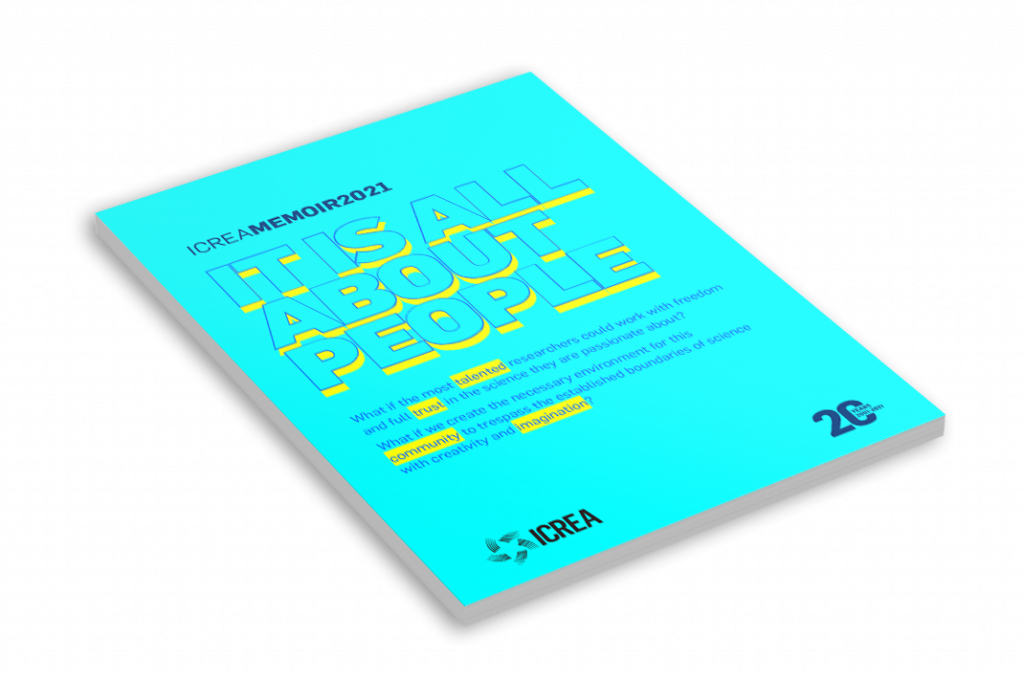There is overwhelming evidence that most of the matter in the Universe is in a “dark” form that neither emits nor blocks light, and is therefore invisible to even the largest telescopes. While the detailed nature of this “dark matter” remains a mystery, its gravitational interactions can be used to detect it and map it. Particularly relevant is the so-called “weak gravitational lensing” effect, in which the observed size, shape and orientation of distant galaxies are slightly distorted by the gravitational pull of the masses between them and us. Then, the statistical properties of a large set of images of distant galaxies can be studied to determine the location of the intervening (mostly dark) matter.
The Dark Energy Survey (DES) is an international collaboration of 400 scientists from 25 institutions in 7 countries that has surveyed an eighth of the sky using DECam, a 570-megapixel camera installed at the Blanco 4-meter telescope in the Cerro Tololo Inter-American Observatory in Chile. The IFAE group led by Ramon Miquel was responsible for the design and production of most of the read-out electronics for the 74 CCDs in DECam.
Using half of the final data sample, DES has measured the shapes of over 100 million distant galaxies, and, analyzing their statistical properties, has produced the largest mass map to date (figure ). In it, one can observe how regions with more dark matter (yellow) contain numerous visible galaxy clusters (green circles), while regions with less dark matter (black) are also relatively empty of ordinary matter. This analysis was co-led by Marco Gatti, a PhD student at IFAE at the time (now a postdoctoral researcher at the University of Pennsylvania).
Studying the evolution in cosmic time of the clustering of matter, DES is also able to characterize the nature of the mysterious “dark energy,” responsible for the current accelerated expansion of the Universe. The corresponding paper is currently under review in Physical Review D.

